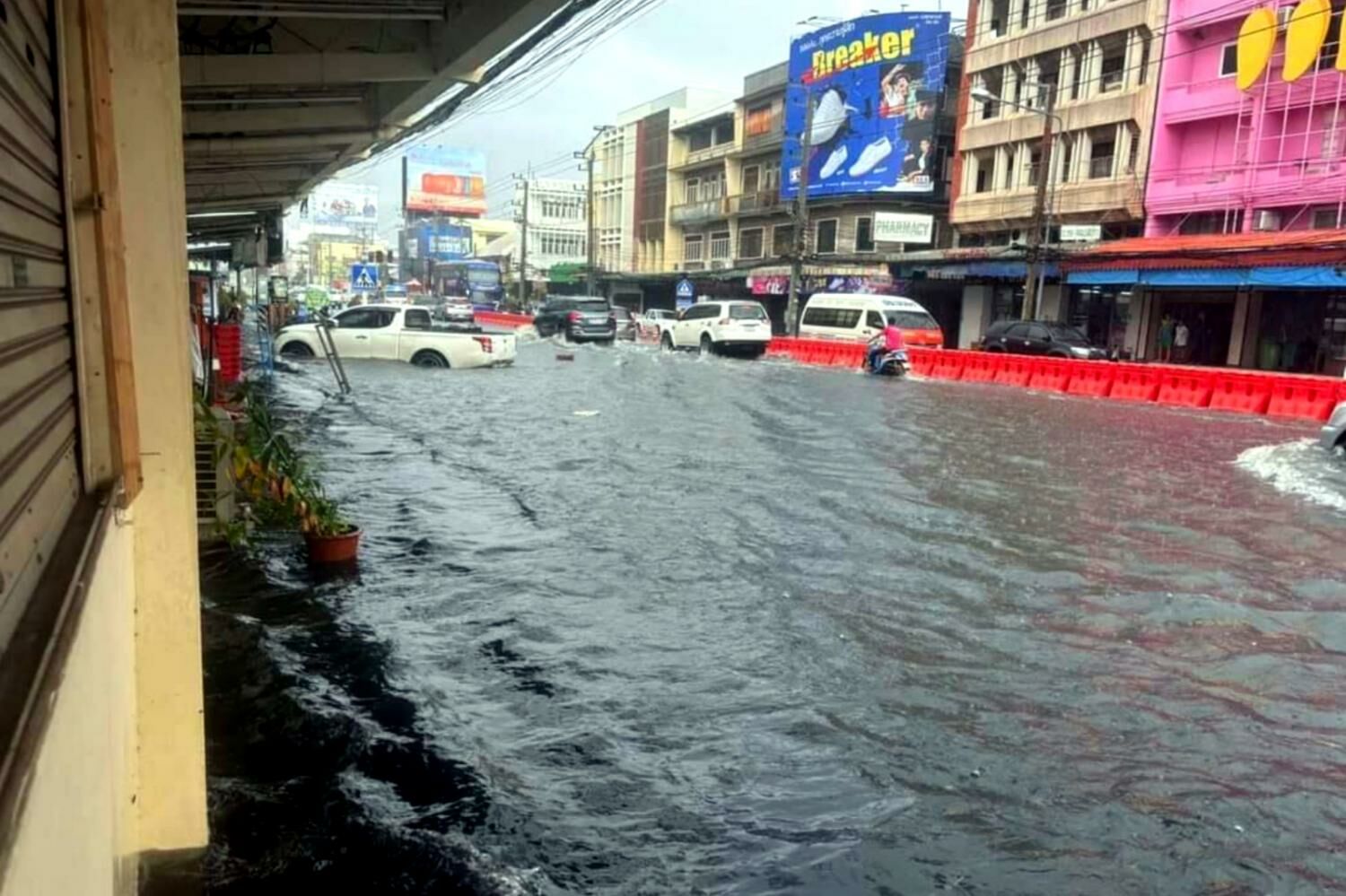Rain check: Hua Hin and Cha-am tourism ready for holiday splash

Heavy rain in Hua Hin and Cha-am are anticipated to impact tourism during the upcoming three-day holiday, potentially worsening domestic sentiment. The Tourism Authority of Thailand (TAT) identified natural disasters as a critical factor to monitor during the high season.
Earlier this week, continuous rainfall led to flooding in Cha-am, Hua Hin, and parts of Phetkasem Highway, with water levels measuring between 20 and 40 centimetres. Udom Srimahachota, Thai Hotels Association Vice-President, noted that tourists faced an additional two-hour travel time to reach their destinations in these areas.
Despite some improvement, the Southern-east Coast Meteorological Centre forecasts severe rainfall for the southern provinces, including Prachuap Khiri Khan and Phetchaburi, from tomorrow until October 13. Udom indicated that the association predicts a 30% decline in domestic tourists due to potential travel delays.
“The recent floods in Hua Hin and Cha-am, combined with severe flooding in Chiang Mai and Chiang Rai, have negatively impacted domestic tourism sentiment, deterring people from booking trips during the holiday.”
Currently, forward bookings for the mid-October holiday stand at only 50 to 60%. Udom also highlighted the lack of efficient water management and drainage facilities in Hua Hin and Cha-am. He stressed that with rainfall worsening yearly due to climate change, the government must develop infrastructure capable of handling the heaviest rainfall.
Additionally, Udom urged the government to enhance the disaster alert system, as locals and operators currently rely on social media for information rather than official channels.
TAT chief Thapanee Kiatphaibool mentioned that the agency has elevated the potential risks from natural disasters to one of the most critical factors to watch during this high season, with many areas expected to be affected until November.
She stated that the agency would seek cooperation with relevant public and private parties to prepare emergency plans or risk management strategies if the situation worsens.
Aside from severe weather, TAT’s market analysis revealed that slow economic growth and increased demand for overseas travel have dampened Thai tourism for the rest of the year. Local tourists might continue travelling during the winter but are likely to adjust their plans to fit restricted budgets, such as reducing the length of stays and spending only on essential items, reported Bangkok Post.
Thapanee also noted that TAT has observed growth in the outbound market since August, as more national tourism organisations shifted their focus to affluent Thai travellers.
Latest Thailand News
Follow The Thaiger on Google News:


























